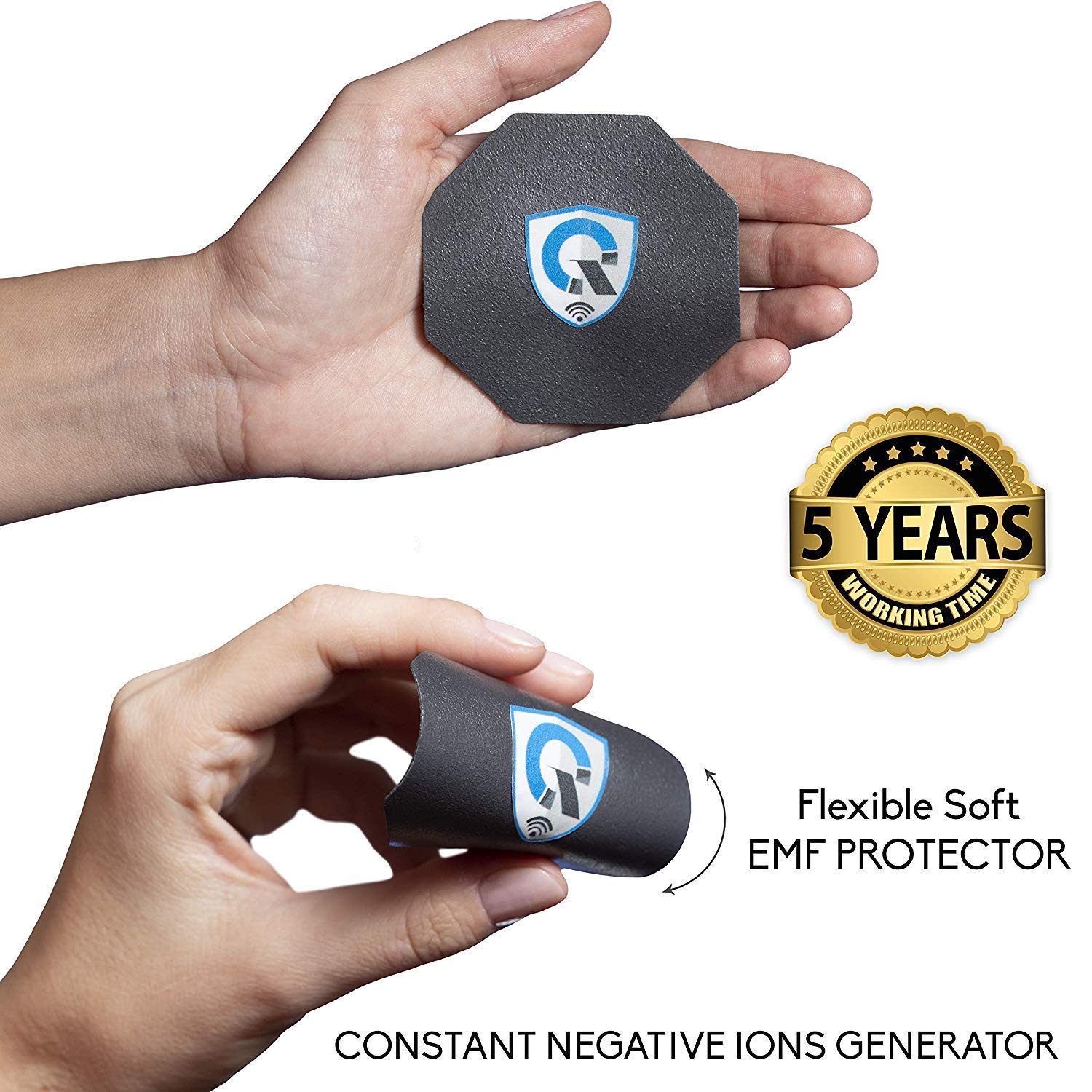When you think of security clothing the majority of people opt for pockets. These kinds of clothing keep small items secure, but a lot of people also choose to wear underwear with pockets. Most of these garments come with pockets to store cash and other small items. Here are a few alternatives for security clothes.
SlashPRO(r) Slash Proof Clothing
Its SlashPRO(r) Slash Resistant Wear line is a certified field-tested, and highly durable protective clothing. It shields against slashes to the arteries and blood vessels, muscles, tendons, ligaments and nerves. It is soft and machine washable.

The SlashPRO(r) Slash Resistant Clothing line is made from 100% cut-resistant Cut-Tex(r) PRO fabric. This fabric is made by a company in Great Britain and is skin-friendly and Latex-free. It's available via the store on the internet of the company.
The neck is a common area of attack for attack with slash. The carotid artery, the jugular vein and ligaments controlling head movements are all situated within this region. A horizontal cut across the neck or throat can sever these veins , causing severe damage in vital organs. To defend against Learn more here that is slash-resistant is a must-have piece of protective clothing.
Casual pants
Casual trousers are a versatile wardrobe staple and are typically made of tough fabric. Denim, a dense weave that is twill is an excellent choice for casual wear. This fabric is durable and comfortable and comes in a wide range of colors. It's also extremely versatile. Denim comes in a variety of shades and colors, which makes it simple to create a wide range of casual trousers made of different fabrics and colors.
Casual trousers are a versatile option for everyday wear . Go to this site can be worn in casual shoes. It is possible to pair with boots such as a Bottega or a pair of plain black Docs with your casual trousers. Also, you'll feel comfortable in the shoes you choose when wearing these trousers. In contrast to formal pants, which appear awkward when worn with inappropriate footwear, casual pants can be worn with athletic shoes, such as thrashed Sambas. Casual trousers are a great choice for work, as they are both fashionable and comfortable.
An excellent place to purchase casual trousers is at Louis, which sells many styles. Louis makes its trousers from heavy cotton with a casual style, and their pockets are plentiful. You can order two sizes online, and if you're not satisfied, they'll accept your return.
Underwear with pockets
Pocket-style underwear was created by Dustin Slypen in 2006. This type of underwear is great for those who need to carry their wallets and passports on the night out. These underwear pockets also keep pickpockets from stealing valuable items due to the numerous compartments. In addition, women can carry their phones as well as other small objects when wearing the underwear.
This brand new kind of underwear has two pockets that have zippers. One pocket can accommodate an ID card and the other one is ideal for mobile phones and other small items. These pockets are also perfect for storing cash as well as credit cards. You can rest easy knowing that your belongings are secure, especially if you are traveling to a different country.
One of the pockets is located on the lower abdomen. In addition to the outer pocket, the underwear comes equipped with a pair of legs and an elastic waistband.
Chemical-resistant clothing
Choosing the right chemical-resistant clothing is a crucial step to protecting the skin from coming into contact with harmful chemicals. 5g proof is usually determined by resistance to permeation, degradation, and penetration. Typical tests include the American Society for Testing and Materials (ASTM) permeation test, which measures the breakthrough time and steady-state permeation rates for clothing that is protective.
The selection of chemically protective clothing should start with a thorough hazard assessment and a thorough review of the requirements of the person wearing it. It should also be based on your experience with the chemicals you are concerned with. It is recommended that you check the chemical database of the manufacturer to determine the appropriateness of the clothing. The database should contain data points on penetration, permeation and breakthrough. Also, consider the manufacturer's reputation and distribution method. The price is another factor to consider.
The NIOSH Pocket Guide to Chemical Hazards lists a full list of hazardous chemicals which require protection and provides recommendations on what types of protective clothing you should wear. This helpful guide is a great source of information regarding which garments are appropriate for different circumstances.
